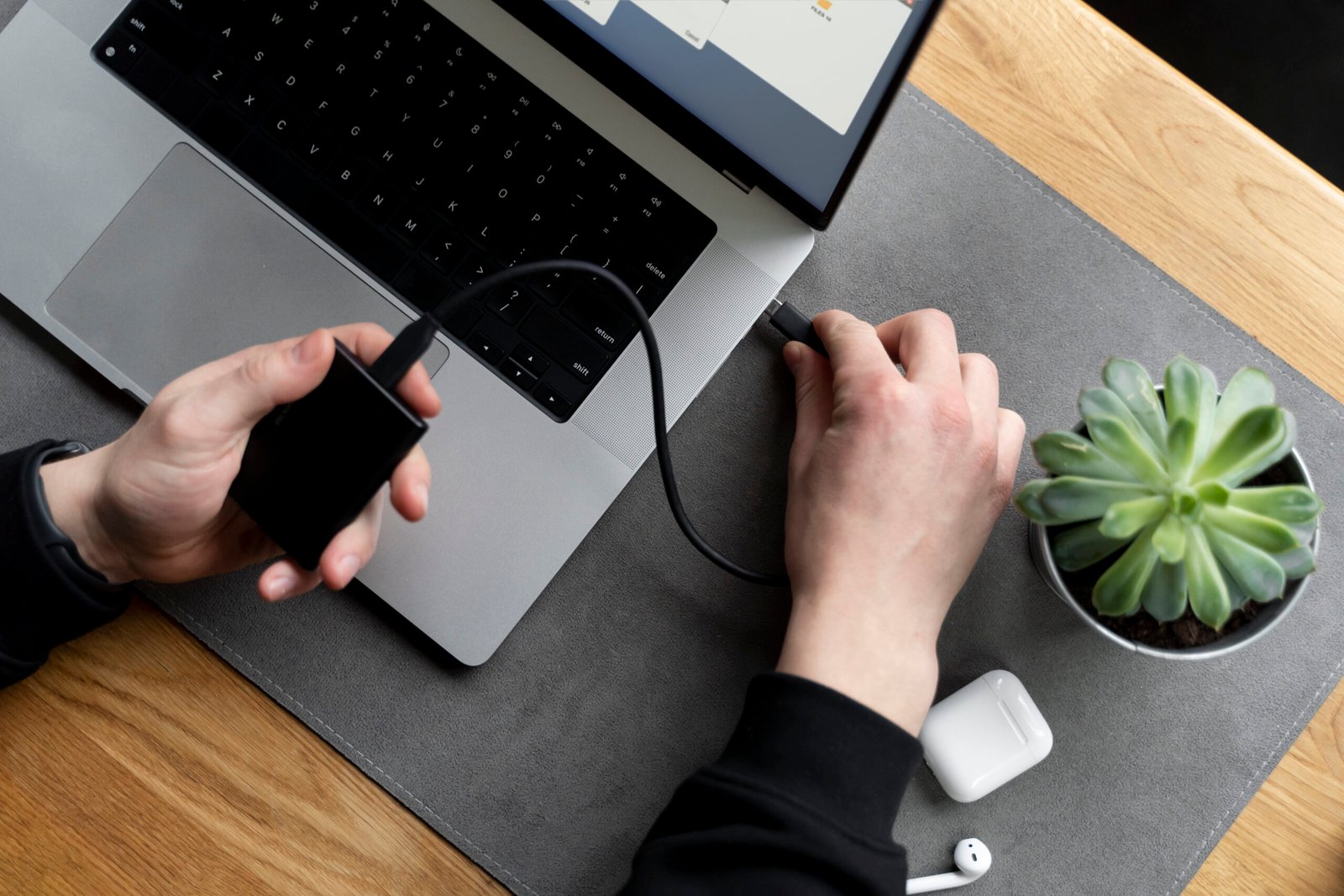Introduction
Nothing could be more frustrating when working with USB connections than your default configuration changing back to “charge device” mode each time you plug in. The problem can be severely disruptive to data transfers and halt device synchronization, aside from wasting your time. In this all-inclusive guide, we will discuss why this is the case and how to remedy it, particularly for Samsung devices. We shall also give you a step-by-step solution onDefault USB Configuration Keeps Resetting to Charge Device issue .
What is the Default USB Configuration for Samsung?
By default, most Samsung smartphones will go into “Charge only” mode when connected to a computer or another device. This is the easiest way to quickly charge your battery; however, it can be extremely frustrating to use while wishing to transfer files or have the device in tethering mode.
Why Does Samsung Default to Charge Only Mode?
Mainly, this is set by default to prevent access to data by a person who does not have authorization. Of course, by default in this first connection, Samsung has set it only for charging, thereby providing that extra layer of security because no data will be transferred unless one allows it. This feature might serve as the most important precaution when connecting through unfamiliar or public USB ports.
How Do I Turn Off Default USB Settings?
Turn off default USB settings and disable your Samsung device from auto-resetting to “charge only” mode” by following these steps:
Step by Step Guide
- Turn on your Samsung device and open “Settings.“
- Scroll down to find “About phone” and tap it.
- From “About phone,” tap “Software information.”
- Now, tap “Build number” 7 times. Your phone may request your PIN or password.
- Go back to the “Settings” menu, and now you will find an option saying, “Developer options.“
- Change USB Configuration: Scroll down to “Default USB configuration” in “Developer options,” then select what you want, whether it is “File Transfer” or perhaps “MTP (Media Transfer Protocol)”.
Following these steps will let you configure your device to be able to always connect in the mode that is needed, whether it involves transferring files, using the device as a MIDI controller, or some other function.
How Do I Change the USB Settings from Charge Only Mode to File Transfer MTP Mode?
Now, switching from “charge only” mode to “File Transfer” or “MTP” mode is important for file transfer between a Samsung device and a computer. The following steps explain how you can change this:
Quick Steps to Change USB Settings
Connect Your Device: Connect your Samsung device using a USB cable to your computer.
Pull down the Notification Shade: Swipe down from the top of your screen.
Tap the USB Notification: You will see a notification, that will read something like, “Charging this device via USB.” Touch it.
Select File Transfer: From the list of USB configurations, touch either “File Transfer” or “MTP.”
This will work for most Samsung devices, and you should be able to do so in both directions easily from now on between your device and your computer.
How Do I Change USB Charging Settings?
You will need to adjust these other USB charging settings sometimes. Here is how you control those options:
Manage Settings for USB Charging
1. Access the Developer Options: Use the steps above to enable and open the Developer Options.
2. Access Settings for USB Configuration: Inside the Developer Options, locate the “Default USB configuration” and choose your preferred option.
3. Customize Charging Settings: Some devices have additional choices in the “Battery” section within Settings for managing charging behavior and other related settings.
With these adjustments, you can make sure that your device charges effectively while it’s permitted to transfer data or use in other manners, as required.
Common Issues and Troubleshooting
Even after changing your USB settings, you may come across issues. Here are some common problems and how you fix them:
1. USB Configuration Resets After Reboot
Should the device keep resetting back into the “charge only” default setting after each reboot, this could be due to system updates or security policies. Check and reset your USB settings regularly to help mitigate this.
2. Unauthorized USB Access
The security settings or applications from third parties sometimes may turn off the USB connection. Check for permissions in Settings under Security to make sure your device isn’t being restricted by any of these settings.
3. Driver Issues
If your device is connected in File Transfer mode and cannot be detected on your computer, then it is most likely that there are problems with the drivers. Updating the USB drivers on your computer will solve this problem.
Why Keeping the Software Updated Is Crucial
Regular software updates usually clear bugs and improve device functionality. Keeping the device software updated will eliminate as many hiccups regarding USB configurations and other settings as possible.
To help you further understand why bugs are a part of the release cycle of software and how you can cope with them, here’s an in-depth guide detailing why software releases may still be buggy.
Recommended USB Cables
High-quality USB cables ensure fluent data transfer and charging. Recommended here is a USB cable for its durability and performance. Best USB Cable.
Conclusion
Dealing with the default USB configuration keeps resetting charge device mode may be frustrating, but equipped with the proper information, it’s very easy to maintain and customize settings on a Samsung device. This article will help you not to experience any more difficulties while transferring data or remaining in your preferred configuration mode by steps led. Never forget to keep your device updated and check your settings from time to time to avoid these unnecessary resets.
Managing the settings related to USB on your device improves the user experience and makes sure that it works effectively and securely. If the problem still happens, you should contact Samsung support or seek professional help.
